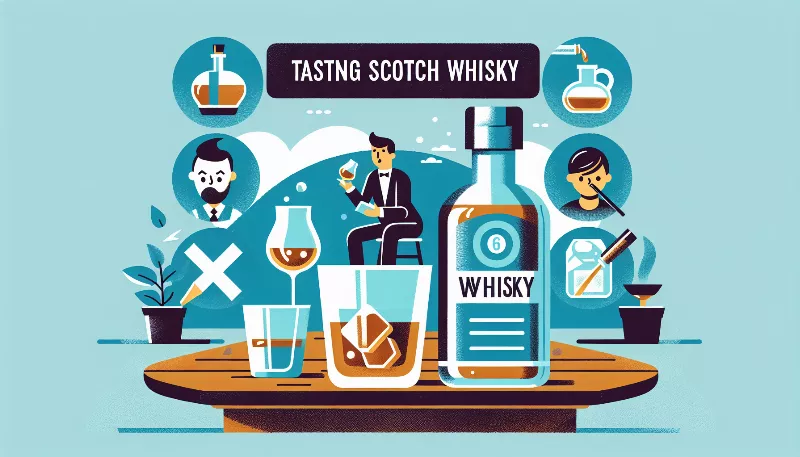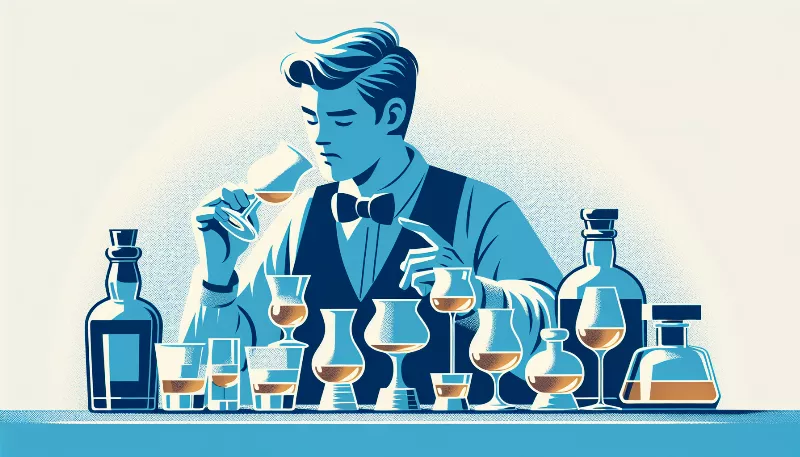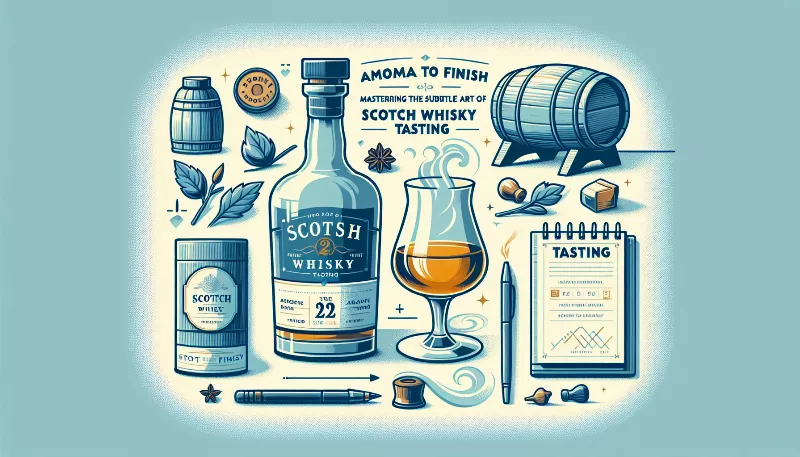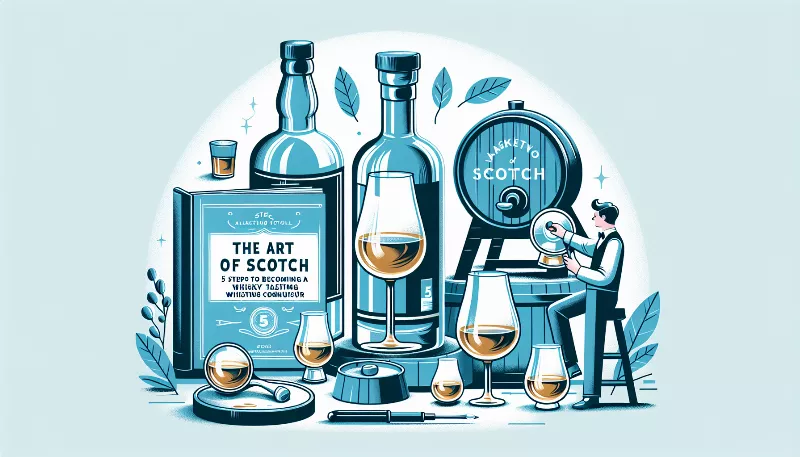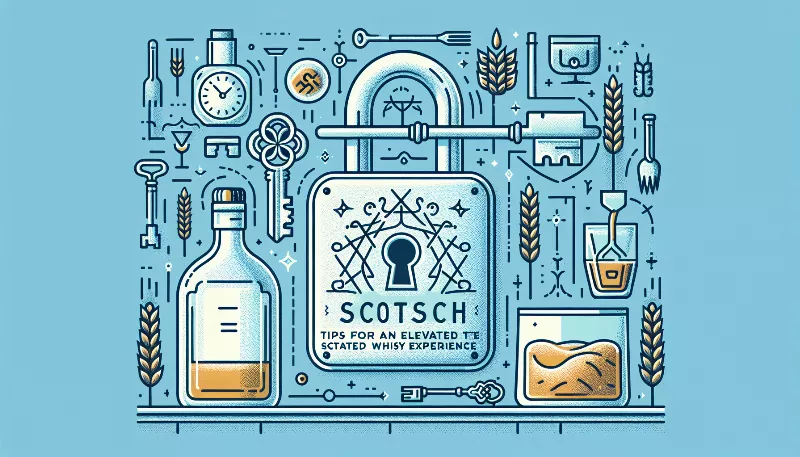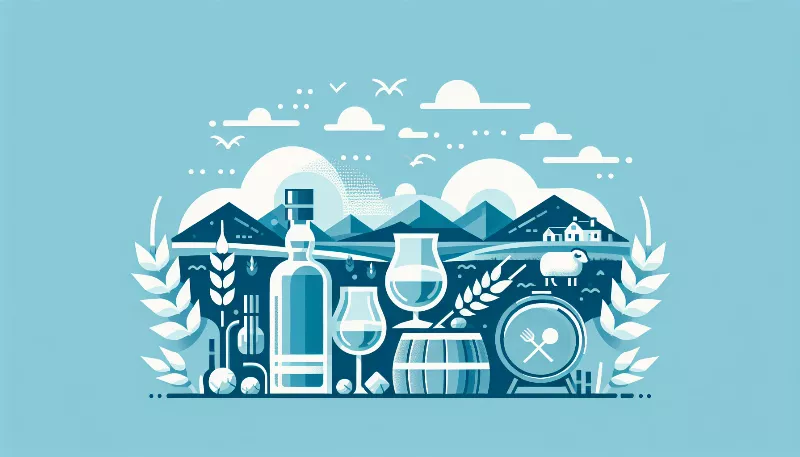What is the difference between single malt and blended Scotch whisky?
Discover the unique characteristics that distinguish single malt from blended Scotch whisky. Taste the tradition & complexity in every sip!
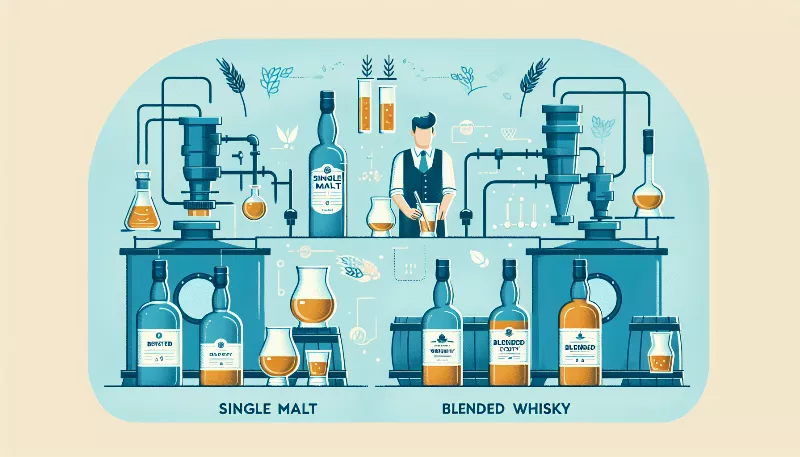
Exploring the Rich World of Scotch Whisky
Are you ready to embark on a spirited journey through the rolling hills of Scotland? Let's dive into the fascinating world of Scotch whisky, where every sip tells a story of tradition, craftsmanship, and the subtle art of distillation. Today, we're unraveling the mystery behind two celebrated categories: single malt and blended Scotch whisky. Prepare your palate for an adventure as we discover what sets these two apart!
The Essence of Single Malt Scotch
Imagine a whisky that captures the very essence of its birthplace, where each flavor note sings of the unique water, air, and barley from which it was born. This is the allure of single malt Scotch. Crafted from malted barley at a single distillery, single malt is a pure expression of the distiller's art. It's produced in pot stills—traditional, onion-shaped copper vessels that coax out the whisky's soul. Aged in oak barrels for a minimum of three years, these whiskies develop a complexity and depth that connoisseurs cherish. Each distillery's single malt bears the unmistakable imprint of its locale, from the peaty smokiness of Islay to the fruity elegance of Speyside.
The Art of Blended Scotch Whisky
Now, let's waltz into the world of blended Scotch whisky, a symphony of flavors harmonized to perfection. Blended Scotch is a masterful concoction that combines multiple single malt and grain whiskies from different distilleries. The blender's goal? To create a consistent, balanced profile that delivers a reliable taste experience with every bottle. These blends can range from smooth and mellow to rich and robust, offering a spectrum of flavors that appeal to a wide audience. The skill of the blender lies in their ability to marry disparate elements into a seamless whole, ensuring that each brand's signature style shines through year after year.
Comparing the Two
When it comes to choosing between single malt and blended Scotch, it's not just about quality—it's about preference and occasion. Single malts are often lauded for their distinct character and the way they reflect their origins. They're typically savored neat or with a drop of water to open up their complex bouquets. On the other hand, blended Scotch offers a more approachable and versatile drinking experience. It's the backbone of classic cocktails like the Rob Roy and the Rusty Nail, and it's just as enjoyable sipped on its own.
Price-wise, single malts can be pricier due to their limited production and the prestige associated with their name. Blends, being more abundant and crafted for consistency, are generally more wallet-friendly. But make no mistake, there are premium blends out there that rival the finest single malts in both craftsmanship and taste.
Conclusion: A World of Choice
In the end, whether you reach for a single malt or a blended Scotch, you're in for a treat. Each has its place in the grand tapestry of whisky, and each offers a unique window into the heart of Scotland. So why not try both? Compare, contrast, and find your favorite. Slàinte mhath!

